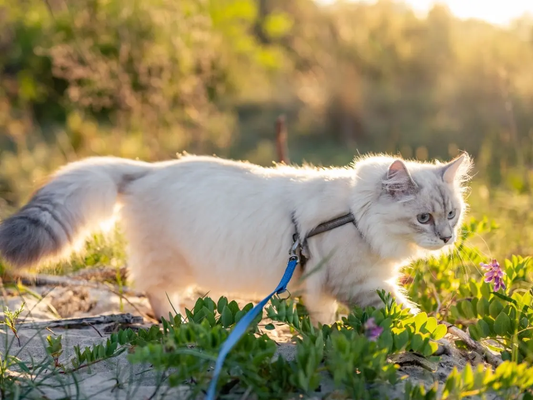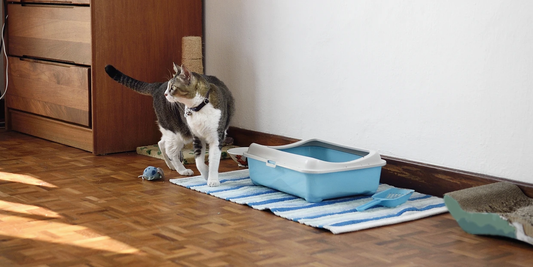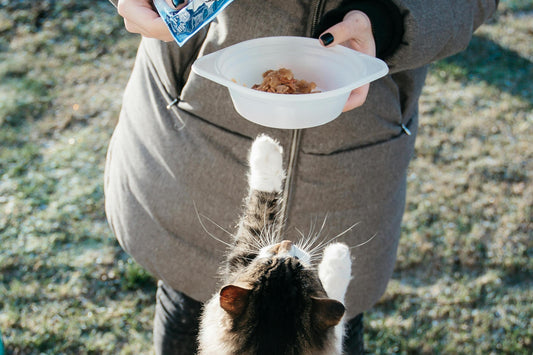Introduction
Cats are known for their meticulous self-grooming habits, but there are times when they might need a little help in the hygiene department. Bathing a cat can be a challenging endeavor, as felines often dislike water. However, with the right approach and understanding of their needs, you can ensure a safe and stress-free bathing experience for your furry friend. In this comprehensive guide, we'll walk you through the safest way to bathe your cat while highlighting key factors that your cat should pay attention to during a bath. Whether you're a new cat owner or looking for ways to improve your bathing routine, these expert tips and insights will surely make the process smoother for both you and your cat.
What is the Safest Way to Bathe Your Cat?
Cats are generally self-sufficient groomers, but there are situations where you might need to give them a bath. Here's a step-by-step guide on how to do it safely:
1. Preparing the Environment
Before you even start the bathing process, it's important to prepare the environment to ensure your cat's comfort and safety.
2. Introducing Your Cat to Water
3. The Bathing Process
4. Post-Bath Care
What Should Cats Pay Attention to When Taking a Bath?
While bathing your cat, it's essential to pay attention to their behavior and well-being:
FAQs
Q1: Can I Use Human Shampoo on My Cat?
A1: No, it's not recommended. Human shampoos can be harsh on a cat's delicate skin and may contain chemicals that are harmful if ingested through grooming.
Q2: How Often Should I Bathe My Cat?
A2: Cats are skilled groomers and usually don't require frequent baths. Once every few months should suffice unless there's a specific medical reason.
Q3: Should I Trim My Cat's Nails Before Bathing?
A3: Trimming your cat's nails before bathing can be a good idea to prevent accidental scratches. However, be sure to use proper techniques and tools.
Q4: What if My Cat Absolutely Hates Water?
A4: Many cats dislike water, but patience and a gradual introduction can help. If your cat still resists, consider seeking professional grooming help.
Q5: Can I Use a Hair Dryer to Dry My Cat?
A5: It's generally better to avoid using a hair dryer, as the noise and airflow can stress cats. Opt for towel drying and a warm environment instead.
Q6: My Cat Always Licks Itself After a Bath. Is That Normal?
A6: Yes, it's normal. Cats groom themselves to remove unfamiliar scents after a bath. Their licking is a way to regain their familiar scent.
Conclusion
Bathing your cat might not be their favorite activity, but with the right approach, it can be a positive experience for both of you. By following the steps outlined in this guide and paying attention to your cat's cues, you can ensure that the bathing process is safe, stress-free, and even enjoyable. Remember, every cat is unique, so adapt these tips to suit your feline friend's temperament and preferences. With a little patience and care, you'll be able to keep your cat clean, healthy, and happy.








